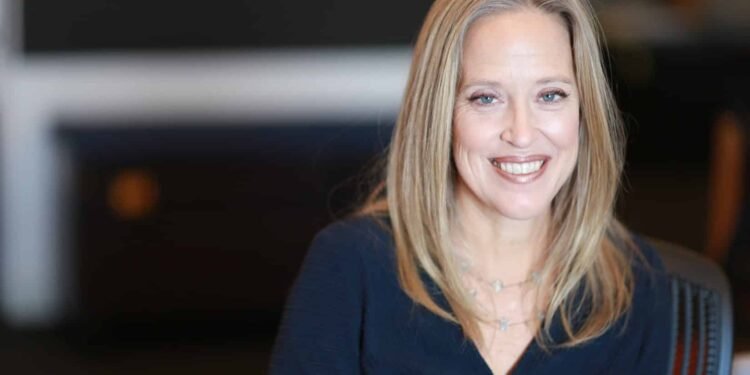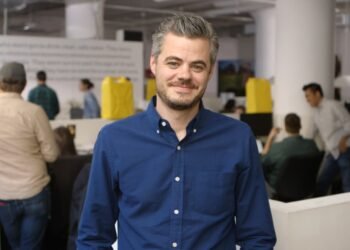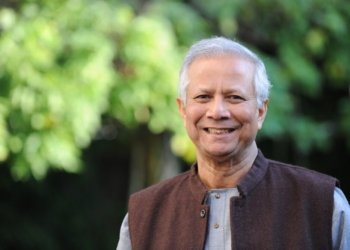What if one college student’s idea could transform education for millions of children around the world?
This question became reality through the vision of Wendy Kopp. As a Princeton University senior, she proposed a bold concept in her thesis. This idea grew into Teach For America, launching in 1989.
Her work created a powerful network of independent organizations across more than 60 countries. The mission remains clear: provide excellent education for all children. This ensures every child gets the opportunity to reach their full potential.
Over the years, this movement has engaged thousands of teachers. These educators serve 1.3 million students globally. They work toward a promising future for the next generation.
The organization develops future leaders through hands-on experience. This approach builds collective leadership in communities worldwide. The impact creates lasting change in education systems.
Key Takeaways
- Wendy Kopp founded Teach For America based on her Princeton University thesis
- The organization has expanded into a global network across 60+ countries
- Over 120,000 educators have participated in the program throughout its history
- Current programs serve 1.3 million students worldwide
- The initiative focuses on developing long-term leadership in education
- Kopp has authored influential books about educational reform
- The movement continues advocating for educational equity from New York
The Origins of an Educational Visionary
Every great movement begins with a spark of inspiration. The story of Teach For America started long before its official launch. It began with a young woman’s vision to transform education across the United States.
Early Life and Princeton Education
Born in Austin, Texas in 1967, she grew up in Dallas attending Highland Park High School. Her educational journey continued at Princeton University. She pursued a Bachelor of Arts degree in the School of Public and International Affairs.
During her college years, she observed the career choices of her peers. Many talented graduates pursued lucrative opportunities on Wall Street. Yet she noticed something different about her generation’s aspirations.
The Senior Thesis That Started a Movement
Her senior thesis became the foundation for something extraordinary. Under professor Marvin Bressler’s guidance, she developed a 177-page document. Titled “An Argument and Plan for the Creation of the Teachers Corps,” it proposed a revolutionary idea.
She realized top college students sought meaningful work. They wanted responsibility and the chance to make history. Many would choose teaching over corporate jobs if given the opportunity.
Her thesis contrasted sharply with Wall Street recruitment trends. It argued for a national teachers corps to address educational inequality. This concept would eventually become Teach For America.
Recognizing the Need for Educational Reform
The late 1980s revealed significant educational challenges. Systemic inequities affected children across the country. Many students lacked access to excellent education.
She believed her generation wanted to make a real difference. They sought meaningful responsibility that could change lives. A prominent teacher corps could provide this opportunity.
Her thesis argument convinced her that collective leadership could transform education. This vision would create a network of independent organizations worldwide. It promised a better future for millions of students.
Wendy Kopp’s Founding of Teach For America
Within months of receiving her diploma, the educational vision started taking tangible form. The transition from concept to reality moved at an astonishing pace.
From Concept to Reality: Launching in 1990
The organization officially launched in 1990 with remarkable speed. This rapid implementation demonstrated the founder’s determination.
She established a nonprofit structure focused entirely on educational equity. The model centered on a two-year teaching commitment.
This approach created immediate impact in low-income communities across the United States.
Recruiting the First Corps of Teachers
The recruitment strategy targeted recent college graduates nationwide. Five hundred talented individuals joined the charter corps.
These pioneers believed in the chance to make history through education. They sought meaningful work that could transform children’s lives.
The first cohort represented the promising future leaders the movement needed.
Overcoming Initial Challenges and Skepticism
Many established educators expressed strong doubts about the program’s viability. Critics claimed college students would never choose teaching over corporate careers.
Fundraising presented significant obstacles in the pre-internet era. Handwritten letters became the primary outreach method.
The persistence yielded results—approximately one positive response for every ten letters sent.
Strategic relationship building helped overcome these early challenges. These formative experiences later informed influential books about the movement’s growth.
The organization’s resilience during this period proved crucial for long-term success.
Global Expansion: Teach For All and Worldwide Impact
The movement’s success in the United States sparked international interest. Educational leaders worldwide saw potential in adapting this model. They recognized its power to transform local education systems.
Establishing the International Network in 2007
A pivotal meeting changed everything. Thirteen social entrepreneurs from different nations approached the founder. They shared a common vision for educational change in their countries.
This gathering revealed a global hunger for educational transformation. Each leader sought to adapt the successful model locally. They believed in developing future leaders through teaching.
Teach For All launched that same year as a supportive network. It connected independent organizations across borders. The structure empowered local adaptation while maintaining core principles.
Adapting the Model Across 60+ Countries
Each country’s program addresses unique educational challenges. Local leaders customize approaches while preserving the mission. This ensures cultural relevance and community ownership.
The network spans from Afghanistan to Zimbabwe. It includes both developed and developing nations. Every partner focuses on providing excellent education for all children.
Social entrepreneurs drive this expansion worldwide. They understand local contexts and needs. Their leadership ensures programs serve marginalized communities effectively.
Current Reach: 15,000 Teachers Serving 1.3 Million Students
Today, 15,000 educators teach through this global network. They reach 1.3 million students annually. These teachers represent the next generation of educational leaders.
Remarkably, 75% continue working in education after their two-year commitment. Many become school principals or policy advocates. They create lasting change in their communities.
The model develops collective leadership across nations. It gives college graduates a chance to make history through teaching. This approach builds a promising future for children worldwide.
Conclusion: Lasting Legacy and Educational Transformation
When one person’s conviction meets collective action, systemic change becomes possible. Wendy Kopp’s vision has transformed education through powerful networks of dedicated leaders.
Her work earned prestigious recognition including the Presidential Citizens Medal and WISE Prize for Education. Sixteen universities awarded her honorary degrees for this lifetime achievement.
The movement created a lasting leadership pipeline with 120,000 committed participants. These educators continue advocating for equity worldwide.
Kopp believes technology like AI assistants can support overworked teachers. Her concept of collective leadership addresses current educational challenges effectively.
This approach continues shaping a brighter future for generations of students globally.
FAQ
What is Teach For America?
Teach For America is a nonprofit organization founded by Wendy Kopp that recruits recent college graduates and professionals to teach for two years in low-income communities across the United States. Its mission is to address educational inequity by expanding opportunities for children.
When was Teach For America established?
Teach For America was officially launched in 1990. The idea originated from Wendy Kopp’s senior thesis at Princeton University, where she proposed creating a national teacher corps to bring talented leaders into underserved schools.
What is the Teach For All network?
Teach For All is a global network of independent organizations founded by Wendy Kopp in 2007. It adapts the Teach For America model to different countries, working to provide excellent education and develop collective leadership worldwide.
How many students does the network serve?
The Teach For All network, which includes organizations in over 60 countries, currently serves approximately 1.3 million students. This is achieved through the efforts of thousands of teachers and leaders committed to educational equity.
What was Wendy Kopp’s role after founding Teach For America?
Wendy Kopp served as CEO of Teach For America for 24 years, leading its growth and development. In 2013, she transitioned to focus on Teach For All as CEO and co-founder, expanding the model’s impact internationally.
How does the organization recruit its teachers?
Teach For America recruits outstanding college graduates and professionals who demonstrate leadership potential. These individuals commit to teaching for two years in high-need schools, receiving training and support to maximize their impact.





